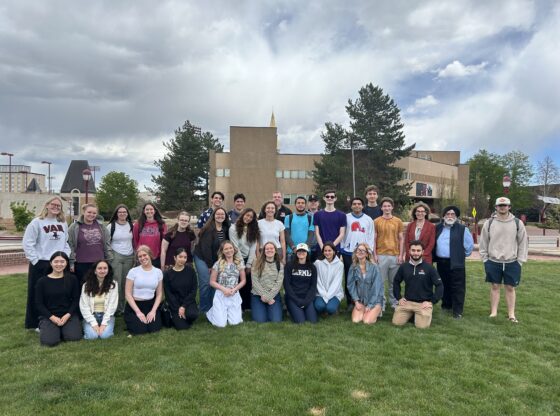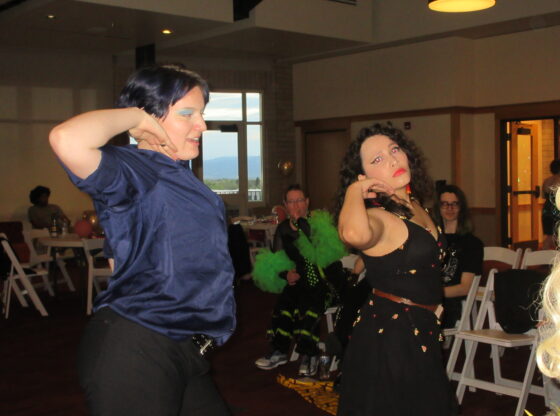On Nov. 10, 2022, the day before the 104th anniversary of the end of World War I, the DU German Department held a screening of Netflix’s 2022 German-language film adaptation of the famed German war novel “Im Westen nichts Neues” by Erich Maria Remarque, known in English translations as “All Quiet on the Western Front.” Beyond the stunning cinematography and acting, this film stands out when adapted to a modern context. Though the original story is nearly 100 years old, the lessons it teaches on war and its realities are as relevant as ever.
All Quiet on the Western Front follows Paul Bäumer, a young German man who has just finished high school and has eagerly enlisted in the army in the midst of World War I. He does so in patriotic fervor, along with the rest of his classmates. As they are shipped off to begin basic training and eventually to the front lines in Paris, they believe that they are on the brink of a glorious experience that will put honor on their names.
This could not be further from the truth. The film pulls not a single punch when it comes to the gory reality of World War I battles.
From traditional axes, bayonets and rifles to cutting-edge mustard gas, tanks and flamethrowers, “All Quiet on the Western Front” displays a full range of weapons of war, allowing the viewer to understand the true importance of the militarized technological explosion that occurred during this time. Through all of this torture and death, we see Paul come to grips with and become tragically apathetic toward the reality of his situation. Toward the end of the film, through all of the blood, ash and dust, it is nearly impossible to tell which soldiers are German and which are French. There are no sides anymore. There are only humans killing humans.
These scenes of death and disaster are occasionally broken up by equally sickening interludes of comfort and luxury. Of course, no war is fought without some sort of direction. As we watch men be slaughtered on the front lines, we also see the generals and men of the German government decide their fates. The degree to which these officials are out of touch with life on the front quickly becomes apparent, as the viewers watch decision after decision be made out of bravado and fear of ridicule rather than any sound judgment. As the war drags on, the sight of these manicured, mustachioed men becomes as sickening as that of massacred, bloodied soldiers.
Though this is a German movie detailing the horrors of a historic war from a German perspective, “All Quiet on the Western Front” also delivers a crucial message to America. The timing could not be more apt.
As tensions rise in our country and beyond, some fear that war-mongering will get the best of us, culminating in explosive results. What “All Quiet on the Western Front” begs us to realize is that there is no glory in fighting pointless wars with nonexistent causes, especially when the people that benefit from the fight do none of the fighting themselves. Since its publication in 1928, “Im Westen nichts Neues” has continuously begged us to heed the lessons we can learn from devastation.
The greatest tragedy of this story is not in the deaths themselves. It is not in the innumerable young men shown dying incredibly violent, painful deaths. The tragedy lies in the futility of the violence, and the stubbornness of the leaders that perpetuate it.











